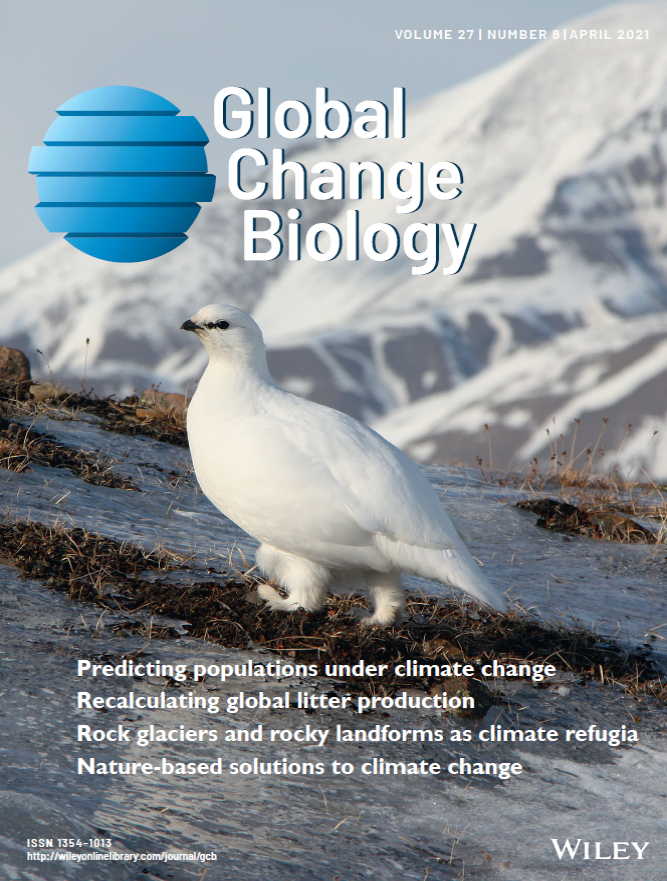Iterative near-term forecasting is a promising approach to better understand and manage rapidly changing ecosystems such as the Arctic. Forecasts generated on a short-term time scale allow scientific hypotheses to be tested more frequently, speeding up scientific advancement, and are relevant to managers because the time scale can be influenced by decision-making. This approach was used by COAT researchers to investigate the impact of changing climate on Svalbard ptarmigan.
It is generally acknowledged that long-term monitoring studies represent a baseline approach to understand the impacts of climate change on species and ecosystems. Monitoring data series spanning many years can be used to generate both explanatory predictions (i.e. predictions used to test theories) and anticipatory predictions (i.e. predictions used to inform future decisions). Because predicting future ecological states is challenging, ecologists advocate focusing on near-term predictions, that is, predictions that are iteratively generated on a short-term time scale. This approach: 1) allows more frequent hypothesis-testing and model validation, making scientific evidence grow faster, and 2) is especially profitable to management because forecasts are generated on a time scale that can be influenced by decision making. For these reasons, iterative near-term forecasting is expected to be particularly suitable to study and manage ecosystems that exhibit rapidly changing conditions, such as arctic ecosystems subject to climate change.
In a new study, COAT researchers used iterative near-term forecasting to study drivers of population dynamics of Svalbard ptarmigan Lagopus muta hyperborea and evaluate the ability of state-space models to predict next-year ptarmigan density. Svalbard is the subregion of the arctic that has experienced the most profound warming in the last decade and impacts on the species belonging to its relatively simple food web have already been detected. The Svalbard ptarmigan is also a common game species in Svalbard. However, little is known about what drives its population dynamics and how it will respond to climate change and harvest. The researchers, therefore, used a combination of explanatory and anticipatory predictions to address these questions.
Benefitting from 15 years of ecosystem-wide monitoring data including distance-sampling counts of ptarmigan, researchers could attribute a recent increasing trend in the ptarmigan population to major changes in winter climate, especially in terms of mean temperature. As winters become warmer, ptarmigan appear to benefit from these novel conditions likely because their energy needs for thermoregulation is reduced. This probably improves their body condition throughout the winter and thus increase survival. The strong positive effect of increasing winter temperature on ptarmigan population growth currently outweighs the negative impacts of other manifestations of climate change, e.g. rain-on-snow events. The ptarmigan population appears also to compensate for current harvest levels.
When researchers compared the ability of several statistical models to predict next-year ptarmigan density, they observed that all models yielded good forecasts despite being based on a relatively short time series. It was encouraging to observe that forecasts improved with the length of the time series. Moreover, models including environmental predictors performed slightly better than simpler models. Overall, these results support the continuation of the ecosystem-wide monitoring in Svalbard and the adoption of iterative forecasting as a tool to study and manage ptarmigan populations. More generally, these results highlight the value of environmental data collected on wide spatiotemporal scales to better understand the complex impacts of climate change; COAT makes it possible to implement such a large-scale monitoring system in Svalbard.
Full paper

This article got the front page of Global Change Biology, Volum 27, Number 8, April 2021.